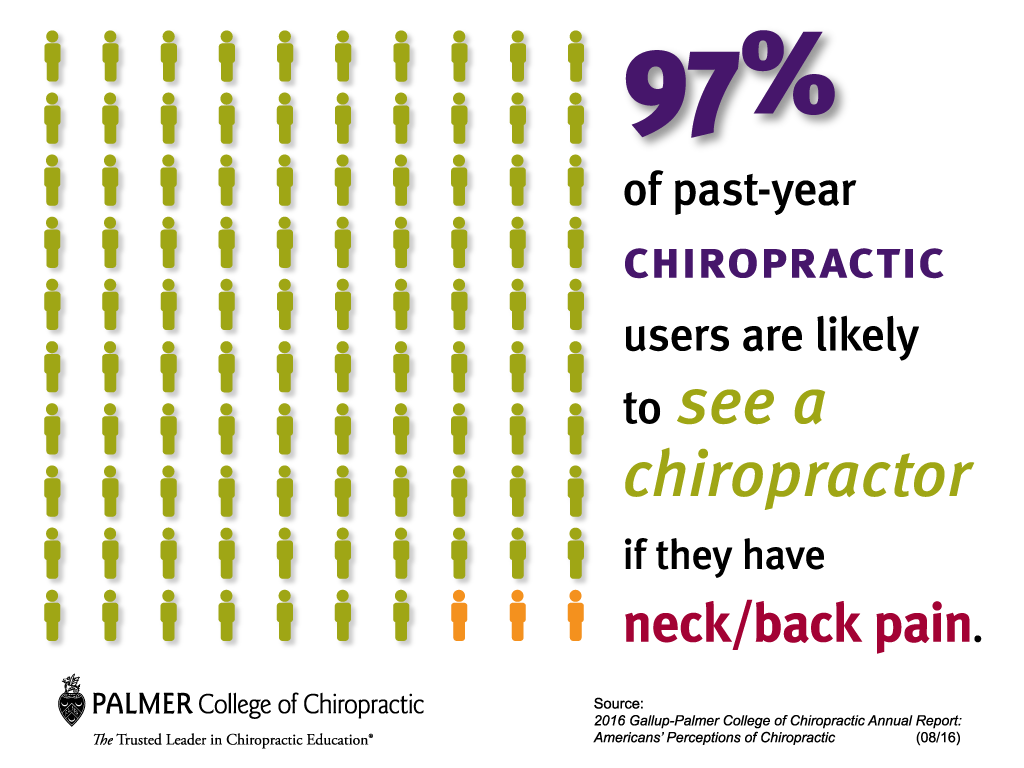The Future Of Pain In The Back Therapy: Emerging Technologies And Therapies
The Future Of Pain In The Back Therapy: Emerging Technologies And Therapies
Blog Article
Web Content By-Adler Tierney
As you take into consideration the future landscape of neck and back pain treatment, imagine a realm where innovation perfectly intertwines with conventional treatments to offer unique services. Envision a globe where virtual reality not just delights yet also heals, where robot accuracy redefines minimally intrusive treatments, and where psychophysiological feedback encourages people in their pain monitoring journey. The developments in back pain therapies are not simply hypothetical situations however substantial facts shaping the means we approach and ease this widespread problem.
Virtual Reality Therapy for Pain In The Back
Are you tired of conventional therapies for your back pain? Virtual Reality Treatment uses an unique method to managing your pain. By involving yourself in an online environment, you can distract your mind from the pain signals being sent out to your mind, providing alleviation in a special and innovative means.
Utilizing specialized virtual reality headsets, you can take part in different activities and simulations developed to target certain areas of your back that are creating you discomfort. please click the up coming website page can help you kick back tense muscle mass, enhance your position, and enhance your general mobility.
Additionally, virtual reality treatment can additionally aid in reducing anxiety and anxiety degrees, which are often adding elements to pain in the back.
Visualize being able to go through therapy without the requirement for drug or invasive procedures. With Virtual Reality Treatment, you have the possibility to manage your neck and back pain in a secure and non-intrusive manner.
Robotic-Assisted Neck And Back Pain Treatments
Making use of cutting-edge robotic modern technology, back pain treatments have advanced to incorporate robot aid in targeting and attending to particular locations of discomfort in a specific and controlled way.
Robotic-assisted back pain therapies offer a high level of accuracy and personalization, allowing for more efficient and tailored therapy for individuals experiencing back pain. These robotic systems can carry out minimally intrusive treatments with boosted precision, minimizing the threat of problems and improving results.
Robotic-assisted therapies offer specialists with real-time feedback and imaging, allowing them to navigate the spinal column with unprecedented precision. By using https://www.insideedition.com/are-chiropractic-adjustments-good-for-babies-some-doctors-say-scientific-evidence-is-lacking-69991 or devices, doctor can access hard-to-reach locations with better simplicity, leading to even more effective interventions.
Additionally, these innovations can adapt to the person's motions during surgical treatment, guaranteeing a much safer and much more trustworthy treatment.
Psychophysiological Feedback Innovation in Pain In The Back Management
With the advancement of innovation in neck and back pain treatments, psychophysiological feedback modern technology emerges as an important tool in managing and easing pain associated with neck and back pain. Biofeedback permits you to obtain awareness and control over bodily functions that are usually spontaneous, such as muscle mass tension and heart rate.
By utilizing sensors to check these features, psychophysiological feedback gadgets supply real-time information that enables you to make conscious adjustments to minimize pain and tension levels. Through visual or auditory signs, biofeedback assists you comprehend exactly how your body reacts to different scenarios, equipping you to customize your habits and enhance physical health.
This modern technology promotes leisure, enhances pose, and help in muscle re-education, all of which are important components in handling neck and back pain effectively. By integrating psychophysiological feedback right into your pain in the back management plan, you can take an active function in your therapy and achieve enduring relief from discomfort.
Final thought
In conclusion, the future of pain in the back therapy looks bright with the improvements in virtual reality therapy, robotic-assisted therapies, and biofeedback innovation. These arising technologies supply cutting-edge solutions to relieve pain in the back, boost mobility, and improve total lifestyle. With proceeded research and development, these advanced therapies have the prospective to revolutionize the method we come close to and treat neck and back pain, offering hope for those seeking effective and individualized solutions.
